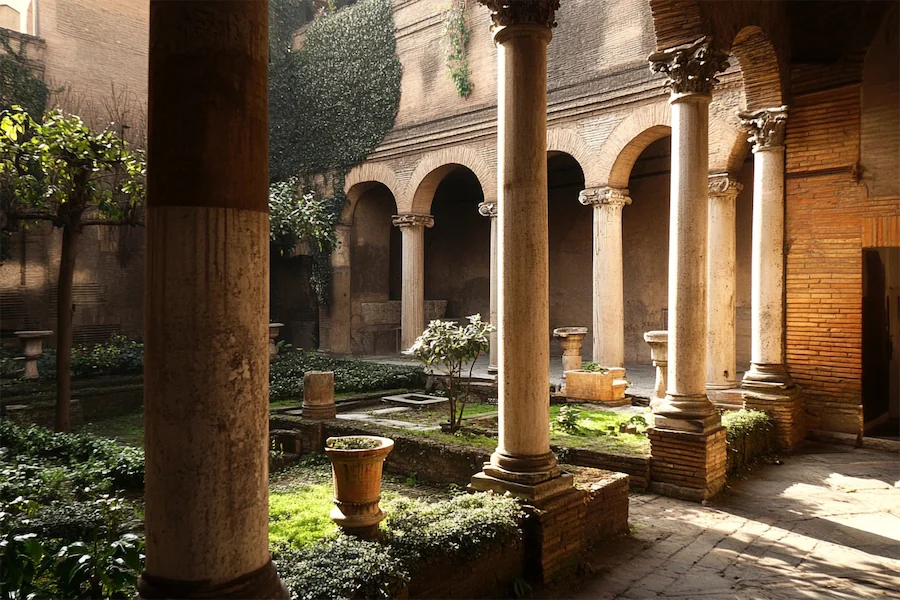A Roman Courtyard Garden, or peristyle, was a central feature in ancient Roman homes, serving as a private outdoor space that blended nature with architecture. These gardens provided a serene environment for relaxation, social gatherings, and an aesthetic retreat from urban life.
History and Origins of Roman Courtyard Gardens
The concept of the peristyle garden was influenced by Greek architecture, where colonnaded courtyards were common. Romans adapted this idea, transforming central courtyards into lush gardens surrounded by columns. This design became prevalent in Roman houses, especially among the wealthy, reflecting a desire to incorporate nature within living spaces.
Key Features of Roman Courtyard Gardens
- Colonnaded Perimeter: Columns, or peristyles, enclosed the garden, supporting a shaded walkway that connected different parts of the house and provided shelter from the elements.
- Water Features: Fountains, pools, or basins were central elements, offering visual appeal and cooling effects, and symbolizing wealth and sophistication.
- Lush Plantings: Gardens featured a variety of plants, including ornamental trees, shrubs, flowers, and herbs, arranged in formal beds edged with small shrubs or box hedges.
- Decorative Elements: Statues, mosaics, and frescoes adorned the space, often depicting mythological themes, enhancing the garden’s beauty and cultural significance.
Applications of Roman Courtyard Gardens
- Private Residences: In ancient Rome, these gardens were integral to homes, providing a private oasis for relaxation and entertainment.
- Public Buildings: Some public structures incorporated peristyle gardens to offer peaceful retreats within urban settings.
- Modern Interpretations: Contemporary designs draw inspiration from Roman courtyard gardens, incorporating elements like colonnades and water features to create elegant outdoor spaces.
Considerations When Designing a Roman Courtyard Garden
- Space and Layout: Ensure sufficient space to accommodate a central garden area surrounded by a colonnaded walkway, maintaining proportions that reflect traditional designs.
- Climate Adaptation: Select plants suited to the local climate while emulating the Mediterranean flora typical of Roman gardens.
- Materials and Features: Use authentic materials like stone and terracotta for pathways and planters, and consider incorporating classical sculptures and mosaics to enhance historical authenticity.
Conclusion
Roman Courtyard Gardens exemplify the ancient Romans’ appreciation for nature and artistry within domestic spaces. By integrating architectural elements with lush plantings and water features, these gardens created harmonious environments that continue to inspire modern landscape design.
